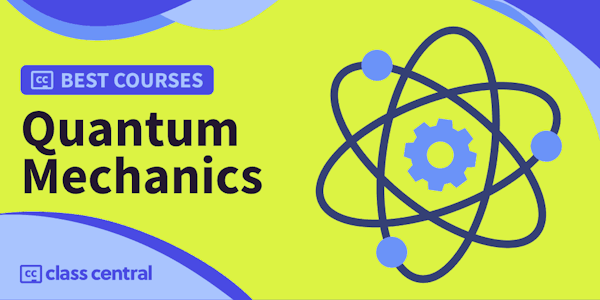Instructor: Prof. P.C. Deshmukh, Department of Physics, IIT Madras.
The course will begin with the identification of a complete set of compatible observables for the non-relativistic Hydrogen atom, identify the complete set of 'good quantum numbers', discuss the associated constants of motion, and associated symmetries. The Laplace-Runge-Lenz vector and the Fock SO(4) symmetry of the Hydrogen atom will be discussed.
This will be followed by a discussion on the coupling of Angular Momenta, Clebsch-Gordan Coefficients, Statement, and Proof the Wigner-Eckart Theorem. We shall then discuss the relativistic Hydrogen atom, Dirac equation. Foldy-Wouthuysen Transformation of Dirac Hamiltonian and Lamb shift. Subsequently, the many-electron atom will be discussed to acquire an understanding of the Hartree-Fock Self-Consistent Field Formalism. We shall then examine a Perturbative approach to relativistic effects; this would provide insight in the relativistic quantum mechanics discussed in an earlier unit based on the Dirac equation.
We shall then proceed to discuss methods to probe the atom. The methods are based on the alternative probes which use quantum collisions of atomic targets with probe particles and probing the atom with an electromagnetic field. We shall discuss the connections of these methods through the time-reversal symmetry and obtain the quantum solutions using appropriate boundary conditions. We shall obtain expressions for scattering cross-sections, and also for photoionization cross-section and the angular distribution of the photoelectrons. We shall then examine the quantum mechanics of atoms in external fields and study the Stark effect, and also the family of ZEEMAN effect spectroscopies. A brief introduction to the hyperfine structure and its applications in laser cooling of atoms, BEC, atomic clocks etc. will be pointed out.





